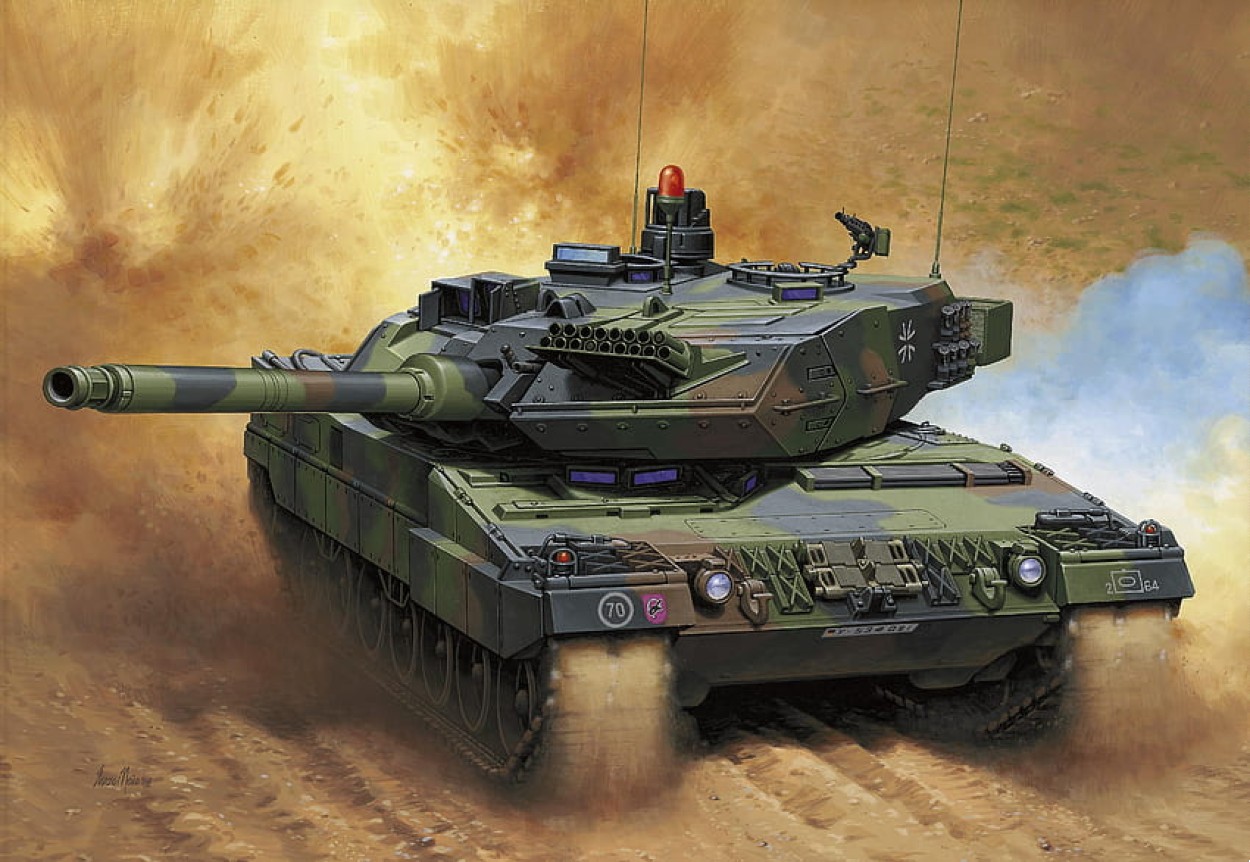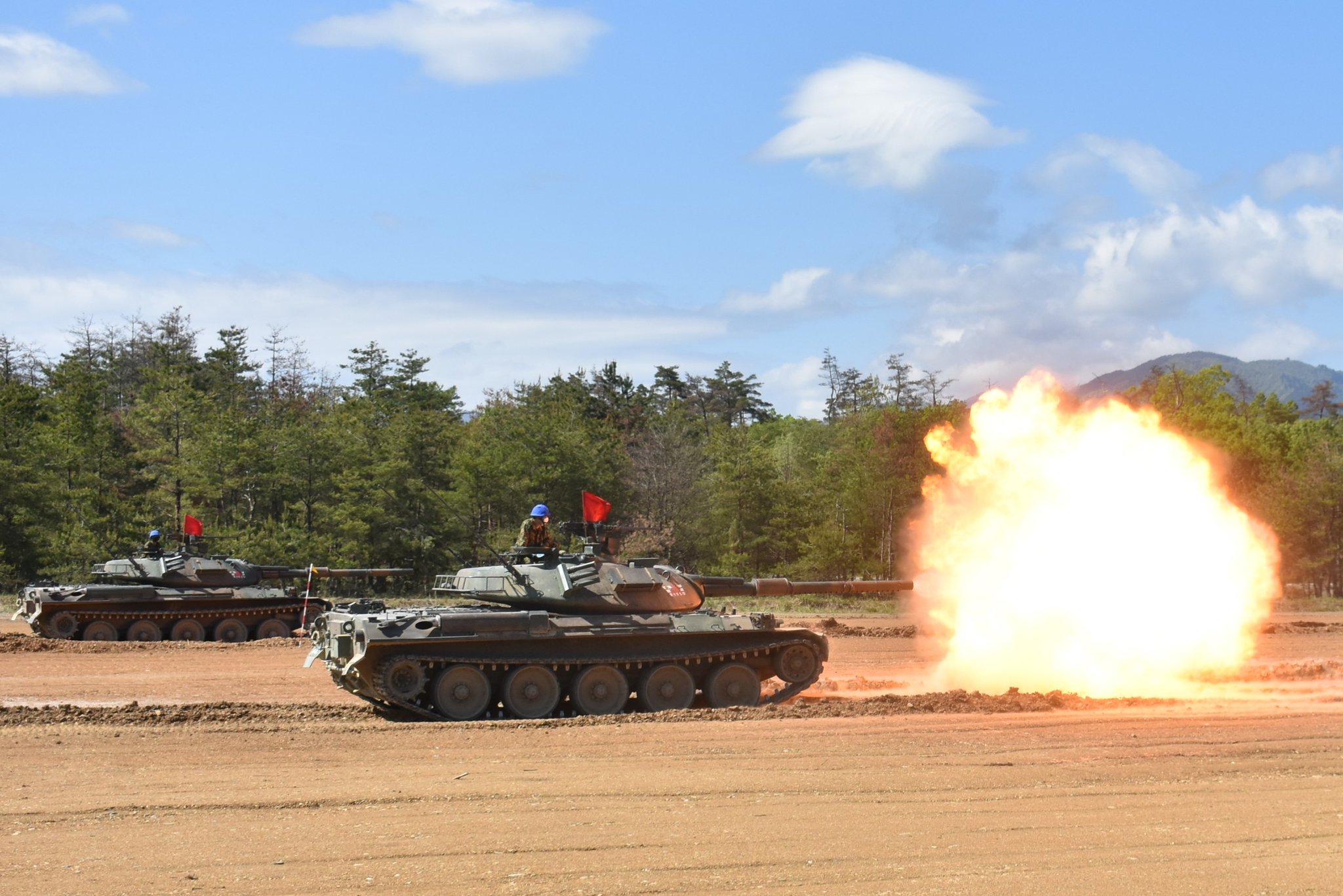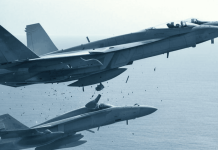Japan has finally decommissioned its Type-74 Main Battle Tanks (MBTs), which have remained notorious for being “outdated” from the outset. And Western tanks have a big role to play in their decommissioning.
NATO Member Wants India’s Help To Fight China As Estonia Gets Battered By Chinese Cyber, DoS Attacks
A spokesman for the Japan Ministry of Defense (MoD) informed Janes on May 27 that the Japan Ground Self-Defense Force (JGSDF) has decommissioned the Type 74 main battle tanks (MBTs) built by Mitsubishi Heavy Industries (MHI).
The spokesperson claimed that JGSDF units with the Type 74 MBTs have also been “abolished” by the Japanese Defense Ministry.
“By the abolition of units such as [the] JGSDF 9th Tank Battalion based in Iwate, [the] 10th Tank Battalion based in Imazu, and [the] 13th Tank Troop in the reorganization at the end of [the] Japanese financial year 2023, [the] JGSDF has disposed of approximately 90 Type 74 tanks.”
The spokesperson did not, however, provide details of the location of the personnel transfers from these units. “[The] personnel having worked in units with Type 74 tanks [units] are generally going to be transferred to other units of the same job,” the spokesperson added.
Some reports stated that the 9th and 10th tank battalions were officially disbanded on March 20. EurAsian Times could not independently verify the dates of disbandment.
However, the Japanese media mentioned that the personnel of disbanded troops had been assigned to combat reconnaissance battalions, which operate the Type 16 armored fighting vehicles (AFVs).
Built by Mitsubishi Heavy Industries as replacements for the previous Type 61 tank, the Type 74 was placed in the same class of MBTs as the US Patton and German Leopard-1 MBTs. However, soon after it entered service, the West introduced cutting-edge designs, with the US Abrams and German Leopard-2 being the prime examples.

Japan then went on to develop a more advanced Type 90 MBT.
Japan has come a long way since. With Type 74 MBTs now gone, the new-generation Type 10 tanks will supplement the Type 90 tanks that will also similarly be decommissioned as Tokyo embarks on a holistic military modernization in the face of modern threats to its security. Type 10 is a fourth-generation MBT with notable improvements in performance, firepower, protection, and maneuverability.
The retirement of the Type 74 has not been surprising since the MBT performed a limited role. Reports indicate that the tank had never seen combat and had been utilized by the JGSDF for training exercises and internal defense.

Although the Type 74 had been seen in several military drills with allies like the United States, these were training exercises in non-combat scenarios. The Type 74 was supplemented by the Type 90 and Type 10 progressively over the years, underscoring their impracticality. However, this was attributed to its archaic design and underperformance to other tanks in service with the JGSDF.
For several decades, the Type 74 has been notorious for being obsolete. When it entered service, the tank was believed to have become outdated.
The Type 74 Was Always ‘Outdated’
The Japanese military produced new tanks during the Cold War. These were better than the unimpressive Type 97 “Chi-Ha” medium tanks. One of them was the Type 74 created by Mitsubishi Heavy Industries.
Created in the 1960s, the Type 74 was widely used in the 1980s. By then, it was a generation behind other tanks of the age. The designers’ attempt to incorporate improvements — that turned out to be excessively complex — delayed the manufacture of the tank.
Among these complex upgrades was an autoloader, which proved unreliable in action. Another design, a remote-controlled anti-aircraft cannon, was dropped when the Type 74 went into production. Production was further delayed when the turret, akin to the French AMX-30 turret, had to be adjusted to fit the additional loader.
An air-cooled, turbocharged diesel engine with 750 horsepower, the Mitsubishi 10ZF Model 22 powered the Type 74. The tank, fitted with a snorkel, could cross rivers three to four meters deep. It could reach a maximum speed of over 60 kilometers/hour.

With 14 years of development, it was no surprise that the Type 74 was practically out of date when it was put into service. The primary armament of the Type 74 tank was the NATO-standard British Royal Ordnance L7 105mm gun, the barrel of which was made under license. Mitsubishi created the mantlet, breech, and recoil mechanism.
The cannon was later modified to fire armor-piercing fin-stabilized discarding sabot (APFSDS) and high-explosive anti-tank multi-purpose (HEAT-EMP) rounds in addition to the original armor-piercing discarding sabot (APDS) and high explosive plastic (HEP) rounds.
For the main run, 50 rounds could be carried; 14 were kept in reserve in the turret bustle. The secondary armament comprised a 12.7mm anti-aircraft machine gun and a 7.62 coaxial machine gun.
At the end of the Cold War, plans to replace the Type 74 tank completely with the Type 90 were shelved. Four Type 74s were upgraded to the new Type 74 Kai (改) [Type 74 mod G (G\)] standard in 1993 by adding side skirts and a passive infrared camera. The program was shelved because it became apparent that the update would be exceedingly costly.
- Contact the author at sakshi.tiwari9555 (at) gmail.com
- Follow EurAsian Times on Google News




